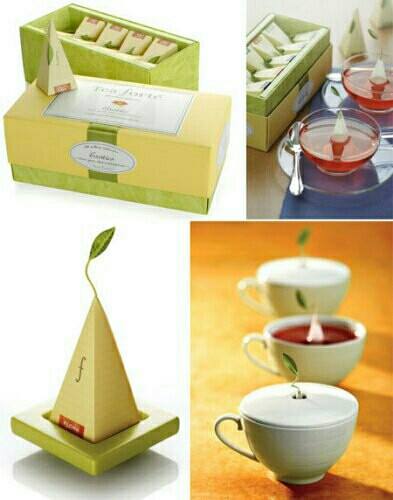Source: Link Testing Instruments Co.,Ltd
Tea contains catechin, cholesterone, caffeine, inositol, folic acid, pantothenic acid and other components, which can improve human health, and tea has a certain aroma. Because it is easy to deliquescence in high humidity environment, it leads to aroma loss, moldy tea and other deterioration phenomena. Therefore, tea production enterprises generally use plastic composite film, aluminum-plated composite film, aluminum-plastic composite film or iron can for packaging, so as to protect tea, so that tea fragrance is not easy to lose and tea is not easy to deliquescence and mildew. Therefore, ensuring the overall sealing performance of tea is one of the basic requirements of tea product packaging. If the sealing performance of the packaging is poor, it is easy to lead to the loss of flavor and loose and loose packaging in the packaging of finished tea products in the circulation links such as sales and transportation.
Test methods and instruments
The test method standard for the sealing performance of flexible plastic packaging is mainly GB / T 15171-1994 test method for sealing performance of flexible packaging. This test adopts the LTY-01 sealing tester independently developed by Link Testing Instruments. LTY-01 sealing tester is applicable to the sealing test of packaging bags, bottles, tubes, cans and boxes in food, pharmaceutical, medical devices, daily chemical, automotive, electronic components, stationery and other industries. The sealing performance test of the test piece after drop and pressure test can also be carried out.

Test principle: LTY-01 sealing tester is designed according to the test principle of testing packaging tightness by negative pressure method. The equipment is mainly composed of vacuum tank, microcomputer operation panel, vacuum pump and other components. A certain amount of water is injected into the vacuum tank. By placing the sample in the water in the vacuum tank and vacuumizing the vacuum tank with the vacuum generator, a certain pressure difference is generated inside and outside the sample. If the sealing performance of the sample is poor, the gas inside the sample will be affected by the pressure difference, Overflow to the outside along the weak sealing part of the sample surface, which is shown as continuous bubble emergence. Or judge the sealing performance of the sample by observing the expansion of the sample and the recovery of the shape after releasing the vacuum.
Test sample and test process
Test sample: packaging of finished tea products of a brand.
Test process:
(1) Immerse the packaged sample of finished tea into the water of vacuum tank.
(2) Close the sealing cover, and set the test parameters such as the vacuum required for the test and the pressure holding time in the vacuum tank through the microcomputer operation interface.
(3) Turn on the vacuum pump and press the start test key on the operation panel to start the test.
Test results and analysis
Among the five packaging samples of finished tea products tested, air leakage occurred at the lower edge of all samples at - 57.8 ~ - 62.1 kPa.
From the above results, the products have air leakage at the lower sealing edge, and the manufacturer should appropriately adjust its heat sealing parameters to ensure good overall sealing performance. In this paper, LTY-01 sealing tester can accurately test the pressure value when the packaging leaks, and there is no interference from human factors. It can help enterprises strictly control the packaging quality and effectively reduce the probability of finished product packaging with poor sealing flowing to the market.
For more details please visit www.linktesting.org